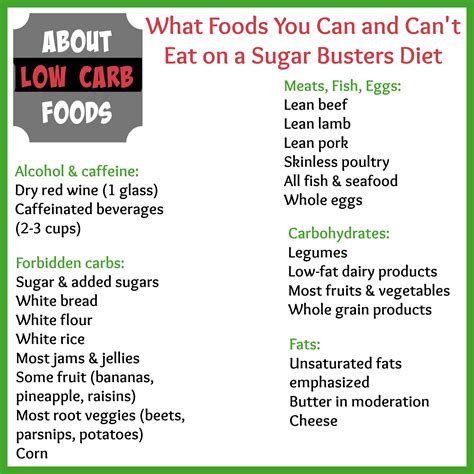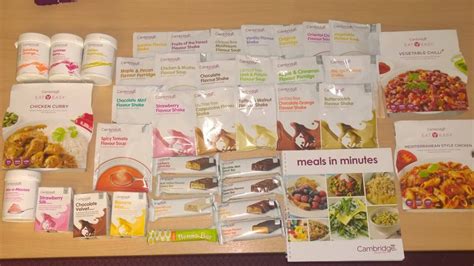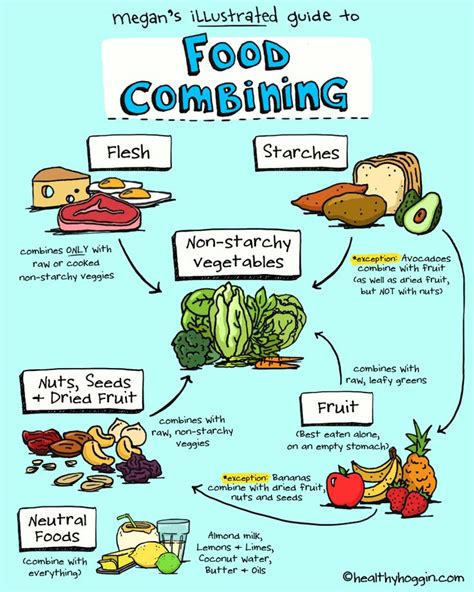Discover the benefits of organic food, learn how to transition to an organic diet, and create balanced meal plans for a healthier lifestyle.
Understanding organic food
Contents
Organic food refers to the food items that are produced, processed, and packaged without the use of any chemicals. These chemicals include artificial fertilizers, pesticides, and preservatives. The process of organic farming relies on natural substances and biological methods to keep the soil healthy and the crops free from pests. This method also promotes sustainable agriculture and reduces harm to the environment.
One key characteristic of organic food is that it is free from genetically modified organisms (GMOs). This means that the ingredients used in organic food are not altered or modified in a way that is not natural. This is a major selling point for those who are concerned about the potential health risks associated with consuming GMOs.
Furthermore, organic food is often promoted as being more nutritious than conventionally grown food. This is because the use of chemicals and pesticides can deplete the nutrients in the soil and ultimately reduce the nutritional value of the crops. Therefore, organic food is believed to have higher levels of essential vitamins and minerals.
It’s important to note that in order for a food item to be labeled as organic, it must meet certain standards set by the government. These standards may vary from country to country, but generally involve strict regulations on farming practices, food processing, and labeling. This ensures that consumers can trust the authenticity of the organic label on the products they purchase.
Benefits of organic food diet
Switching to an organic food diet can have numerous benefits for both your health and the environment. When you choose organic foods, you are avoiding the harmful chemicals and pesticides that are commonly used in conventional farming. Not only does this reduce your exposure to these toxins, but it also helps protect the soil and water quality.
In addition to being better for the environment, organic foods are often higher in nutrients. Studies have shown that organic fruits and vegetables can have higher levels of certain vitamins and minerals compared to their conventionally grown counterparts. This is due to the healthier soil and farming practices used in organic agriculture.
Another major benefit of an organic food diet is that it can lower your risk of exposure to antibiotic-resistant bacteria. Conventional meat and dairy products often contain antibiotics, which can contribute to the growing issue of antibiotic resistance. By choosing organic sources of meat and dairy, you can reduce your exposure to these harmful substances.
When you support organic agriculture, you are also supporting smaller, local farms. Many organic farms are small, family-owned operations, and buying their products helps to sustain these businesses. This can lead to stronger local economies and more sustainable agricultural practices in your community.
Transitioning to organic food
Transitioning to organic food can be an exciting and rewarding journey towards a healthier lifestyle. Making the switch to organic foods involves incorporating more natural and minimally processed foods into your daily diet, while reducing your consumption of conventional, chemically treated foods. This transition not only benefits your own health, but also promotes environmental sustainability and supports ethical and sustainable farming practices.
One of the first steps to transitioning to an organic food diet is to familiarize yourself with the principles of organic agriculture and food production. Understanding the strict standards and regulations that govern organic food production can help you make informed choices when shopping for organic products. Look for certifications such as the USDA Organic seal, which ensures that the food has been produced without the use of synthetic pesticides, hormones, or genetically modified organisms (GMOs).
When transitioning to organic food, it’s important to prioritize the benefits of organic food for both your health and the environment. Organic foods are often richer in essential nutrients, antioxidants, and beneficial compounds, as they are grown in nutrient-dense soils without the use of synthetic fertilizers. Additionally, organic farming practices promote biodiversity, soil fertility, and minimize the use of water resources, making it a more sustainable and eco-friendly choice.
Creating a balanced organic diet plan involves incorporating a variety of organic fruits, vegetables, whole grains, lean proteins, and healthy fats into your meals. Aim to shop at local farmers’ markets or natural food stores to access fresh, locally sourced organic produce. Prioritize seasonal and organic ingredients to maximize the nutritional content of your meals and support local farmers and producers. It’s also helpful to plan your meals ahead of time and experiment with new organic recipes to keep your diet diverse and exciting.
Transitioning to an organic food diet may involve gradually replacing conventional foods with their organic counterparts, starting with the products you consume most frequently. By making small changes and substitutions over time, you can gradually transition to a predominantly organic diet without feeling overwhelmed by the process. Experiment with organic alternatives to your favorite foods and ingredients, and gradually expand your organic food choices to encompass a wide variety of nutrient-dense and sustainably produced options.
Planning organic food meals
When it comes to planning organic food meals, it’s important to start with a variety of fresh, seasonal produce. This means choosing fruits and vegetables that are free from synthetic pesticides and genetically modified organisms. One way to ensure that you are getting the best quality produce is by shopping at local farmer’s markets or joining a community-supported agriculture (CSA) program.
Next, it’s essential to focus on incorporating a good balance of whole grains, lean proteins, and healthy fats into your meals. This might include quinoa, lentils, wild-caught fish, and avocados. By diversifying your sources of nutrients, you can ensure that you are providing your body with a wide range of vitamins and minerals.
Another important aspect of planning organic food meals is to consider the cooking methods you will use. Cooking with minimal oil, steaming, and grilling are great ways to preserve the nutrients in your food while also enhancing the natural flavors. Avoiding processed and pre-packaged foods is also key in maintaining the integrity of your organic diet plan.
With the rise in popularity of organic food, there are now countless resources available to help you plan organic food meals. From cookbooks to online recipe databases, you can find a plethora of inspiration for creating delicious and nutritious organic meals.
Creating a balanced organic diet plan
When it comes to creating a balanced organic diet plan, it’s important to focus on incorporating a variety of nutrient-dense foods to ensure you are meeting all of your nutritional needs. Start by including a variety of organic fruits and vegetables in your diet, aiming for a colorful assortment to maximize the range of vitamins, minerals, and antioxidants you are consuming.
Next, be sure to include whole grains and legumes as sources of fiber, protein, and important micronutrients. Choosing organic whole grains such as quinoa, brown rice, and oats will provide sustained energy and ample fiber for digestive health.
Don’t forget to incorporate organic sources of protein such as tofu, tempeh, and beans. These plant-based proteins are not only rich in essential amino acids, but they also offer a range of other important nutrients such as iron, zinc, and B vitamins.
Lastly, aim to include healthy fats from sources like avocados, nuts, and seeds in your organic diet plan. These fats are important for brain health, hormone production, and the absorption of fat-soluble vitamins.














